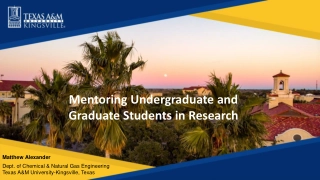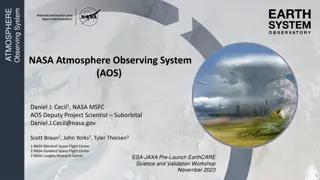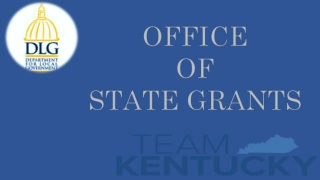NASA Space Technology Research Grants Program Overview
The NASA Space Technology Research Grants Program, managed by Dr. Matt Deans, encompasses various initiatives such as Early Stage Innovation, Technology Maturation, and Technology Demonstration. It aims to support innovative research and partnerships in space technology, fostering collaboration with academia, small businesses, and entrepreneurs. The program focuses on empowering aerospace innovators and advancing game-changing technology ventures to enhance NASA's missions and economic potential.
NASA Space Technology Research Grants Program Overview
PowerPoint presentation about 'NASA Space Technology Research Grants Program Overview'. This presentation describes the topic on The NASA Space Technology Research Grants Program, managed by Dr. Matt Deans, encompasses various initiatives such as Early Stage Innovation, Technology Maturation, and Technology Demonstration. It aims to support innovative research and partnerships in space technology, fostering collaboration with academia, small businesses, and entrepreneurs. The program focuses on empowering aerospace innovators and advancing game-changing technology ventures to enhance NASA's missions and economic potential.. Download this presentation absolutely free.
Presentation Transcript
Space Technology Research Grants (STRG) Program NASA Space Technology Graduate Research Opportunities (NSTGRO) Program Executive: Dr. Matt Deans
SPACE TECHNOLOGY PORTFOLIO EARLY STAGE INNOVATION AND PARTNERSHIPS Early Stage Innovation Space Tech Research Grants Center Innovation Fund Early Career Initiative Prizes, Challenges & Crowdsourcing NASA Innovation Advanced Concepts Technology Transfer TECHNOLOGY MATURATION Game Changing Development Lunar Surface Innovation Initiative TECHNOLOGY DEMONSTRATION Technology Demonstration Missions Small Spacecraft Technology Flight Opportunities SBIR/STTR PROGRAMS Small Business Innovation Research Small Business Technology Transfer 2
Early Stage Innovations and Partnerships (ESIP) - Strategic Framework Vision American aerospace innovation enables NASA's mission and invigorates our economic future Mission Empower a community of innovators spearheading aerospace research and game-changing technology ventures Goals Goal 1 Goal 2 Goal 3 Goal 4 Early-Stage Investments Program Champion Transition Pathways Breadth of Innovators Curate a diversified portfolio of ambitious, risk-informed early- stage technology investments Build and nurture diverse communities across the portfolio's R&D cycle Expand access to new and existing technology transition pathways Grow support for the portfolio by communicating its transformative impact and potential
The Early Stage Innovation and Partnerships (ESIP) Portfolio Working together, ESIP amplifies the value and impact of STMD s and NASA s early-stage technology development and tech commercialization programs. Each of ESIP s programs and activities play an important role in this work. NIAC STRG CIF/ECI PCC ESIC SBIR/STTR T2 Small Business Innovation Research / Small Business Technology Transfer NASA Innovative Advanced Concepts Early-Stage Innovation and Commerce Prizes, Challenges, & Crowdsourcing Center Innovation Fund / Early Career Initiative Technology Transfer Space Tech Research Grants Nurtures visionary ideas that could transform future NASA missions by engaging America s innovators and entrepreneurs as partners in the journey. Challenges the spectrum of academic researchers to making science, space travel, and exploration more effective, affordable, and sustainable. Stimulate and encourage creativity and innovation within the NASA Centers and Early Career leaders. Makes opportunities available for public participation in NASA research and technology solutions to support. Advances joint priorities and innovative pilots to under-represented communities, academic research and public private partnerships. Engages small businesses, research institutions, and entrepreneurs in technology R&D that meet NASA needs and could be commercialized. Ensures that innovations developed for exploration and discovery are maximizing the benefit to the Nation and enabling spinoffs. ~10 pilot investments/ projects >1,500 Active Patents & >700 Licenses >500 contracts with hundreds of small businesses ~140 projects across NASA Centers 300+ grants with dozens of universities >40 30+ grants annually Activities -------------------------- Cross-Cutting Activities -------------------------- Diversity, Equity, Inclusion, and Accessibility (DEIA) I-Corps and Entrepreneurial Projects 4 4
Space Technology Research Grants (STRG) - Program Overview Engage Academia: tap into spectrum of academic researchers, from graduate students to senior faculty members, to examine the theoretical feasibility of ideas and approaches that are critical to making science, space travel, and exploration more effective, affordable, and sustainable. STMD Monthly Space Technology Research Grants Program NASA Space Technology Graduate Research Opportunities (NSTGRO) - ~$84k per year, ~2 to 4 years Graduate student research in space technology; research conducted on campuses and at NASA Centers and not-for-profit R&D labs Early Career Faculty (ECF) - ~$200k per year, up to 3 years Focused on supporting outstanding faculty researchers early in their careers as they conduct space technology research of high priority to NASA s Mission Directorates Program Executive: Claudia Meyer Early Stage Innovations (ESI) - up to $250k per year NTE $650k total, up to 3 years University-led, possibly multiple investigator, efforts on early-stage space technology research of high priority to NASA s Mission Directorates Paid teaming with other universities, industry, and non-profits permitted Presented by: Jerry Niemczura Jan Rogers Lunar Surface Technology Research (LuSTR) Opportunities - up to $2M total, up to 2 years University-led efforts addressing high priority lunar surface challenges Short duration, high value grants with emphasis on technology development and potential infusion Paid teaming with other universities, industry, and non-profits encouraged January 19, 2021 Space Technology Research Institutes (STRI)- up to $3M per year, planned for 5 years University-led, integrated, multidisciplinary teams focused on high-priority early-stage space technology research for several years Accelerate development of groundbreaking high-risk/high-payoff low-TRL space technologies
Space Technology Research Grants (STRG) - Quantum Technologies for Remote Sensing Solicitation: STRI22 Solicitation featured a Quantum Technologies for Remote Sensing topic Goal: Develop quantum-based technologies that can improve NASA s science investigations, and to perform research and development that will result in a path toward their advancement for remote sensing space instruments. Develop a quantum sensor system to TRL 2-3 for sensor(s) and/or instrument(s) for space-based operation for future Earth Science needs as described in the 2017 Earth Science Decadal Survey Award: The University of Texas at Austin, Dr. Srinivas Bettadpur, will lead the Quantum Pathways Institute Partners include University of Colorado Boulder; University of California, Santa Barbara; California Institute of Technology; and the National Institute of Standards and Technology The institute will work to further advance the physics underlying quantum sensors, design how these sensors could be built for space missions and understand how mission design and systems engineering would need to adapt to accommodate this new technology STMD Monthly Space Technology Research Grants Program January 19, 2021
SBIR Ignite Key Differences from the SBIR Mainline Solicitation Commercialization: Seeks tech that will stimulate the market and for which NASA is not the primary customer. Engagement: Includes direct engagement with a panel of experts for down-selected companies. Topics: Features a select few topics relevant to emerging commercial markets in aerospace. Less Prescriptive Solicitation: Encourages companies to maintain their go-to-market strategies Shorter Proposal: Requires a short proposal and a slide deck in response to the solicitation Accelerated Award Schedule: Phase II proposal due earlier in the Phase I period, allowing Phase II awards to be made faster Planned solicitation release: August 2024 Phase I award - $150k Phase II award - $850k Submission includes 15-page Slide Deck 7-page White Paper Selected proposal to present a Pitch before final selection
SBIR Ignite Recent SBIR Ignite topics in collaboration with NASA Science Mission Directorate: 2022: Technologies Using NASA Data to Foster Climate Resilience StormImpact Inc., Dublin, Ohio: Optimizing vegetation management to improve the resilience of the electrical power system to extreme weather Terrafuse, Inc., Pleasanton, California: Wildfire Mitigation through Explainable Risk Predictions 2023: Earth Science Decision Support Tools with a Focus on the Mitigation of Climate Change Impacts in the areas of Wildfires and Water Management
SBIR Sequentials Per SBIR/STTR policy and authorized exceptions, NASA may operate various Post Phase II mechanisms to enable the further development and transition of technologies, including Sequential Phase II award mechanisms Per the SBIR/STTR Policy Directive, a Phase II awardee may receive one additional Sequential Phase II award to continue the work of an initial Phase II award These opportunities may be featured on the NASA SBIR/STTR website (sbir.nasa.gov), featured in NASA SBIR/STTR communications, and posted on SAM.gov. STMD Monthly Space Technology Research Grants Program In a recent solicitation, NASA sought technologies to help address wildfires, supporting both the NASA FireTech program, run by NASA s Earth Science Technology Office, and broader NASA initiatives Program Executive: Claudia Meyer Makel Engineering in Chico, California, will advance a chemical microsensor instrument package for uncrewed aerial vehicles (UAVs). This will enable chemical and particulate detection for pre-fire, active fire, and post-fire studies to better understand and manage wildfires and their impacts Xiomas Technologies in Ann Arbor, Michigan, is developing a thermal mapping and measurement system that may be deployed on air platforms like UAVs or on small satellites to enable active fire front detection and enhanced wildfire studies Presented by: Jerry Niemczura Jan Rogers January 19, 2021


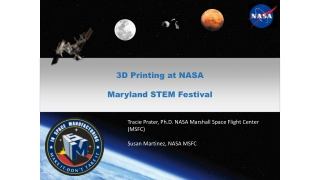
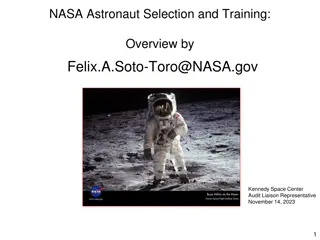

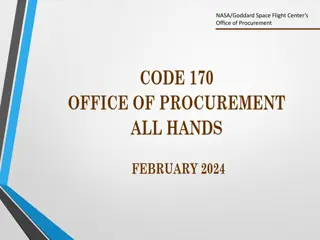
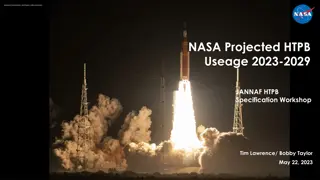
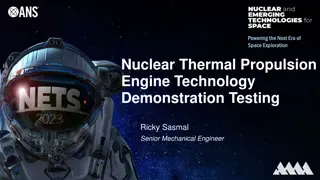
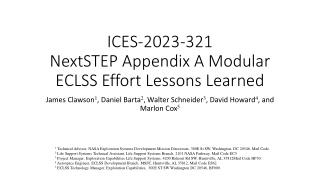
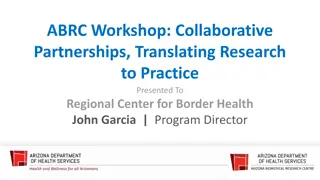
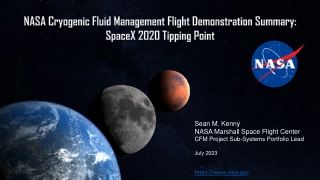

![❤Book⚡[PDF]✔ Doing the Impossible: George E. Mueller and the Management of NASA’](/thumb/21684/book-pdf-doing-the-impossible-george-e-mueller-and-the-management-of-nasa.jpg)
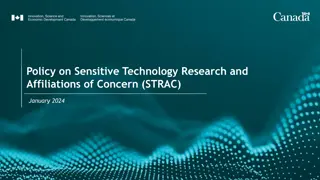
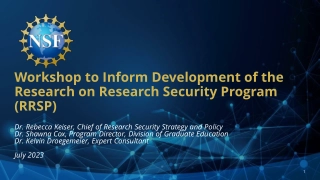
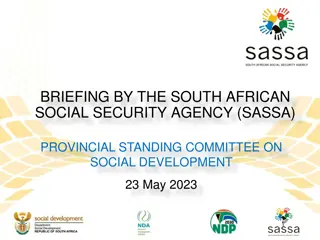
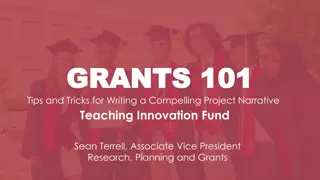
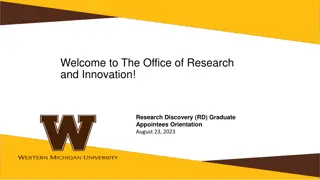
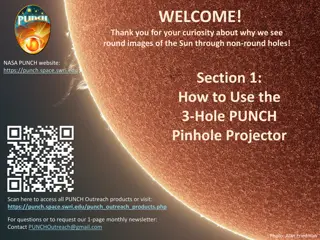
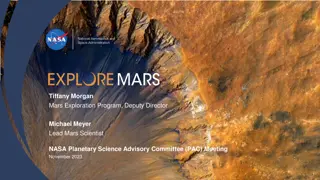
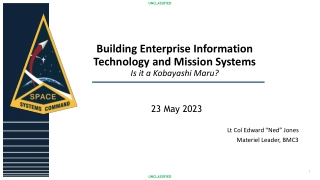
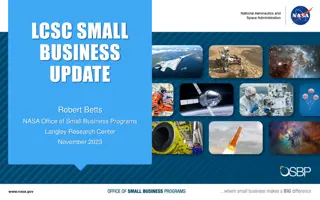
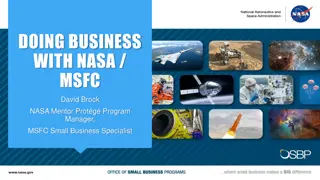
![Read⚡ebook✔[PDF] Linking the Space Shuttle and Space Stations: Early Docking Te](/thumb/21519/read-ebook-pdf-linking-the-space-shuttle-and-space-stations-early-docking-te.jpg)
![READ⚡[PDF]✔ Emerging Space Powers: The New Space Programs of Asia, the Middle Ea](/thumb/21554/read-pdf-emerging-space-powers-the-new-space-programs-of-asia-the-middle-ea.jpg)
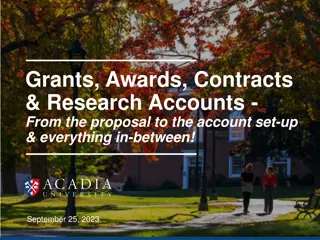
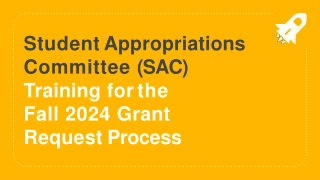
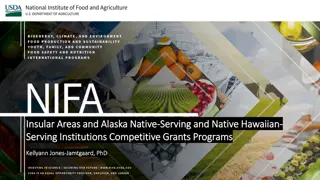
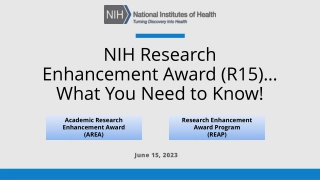
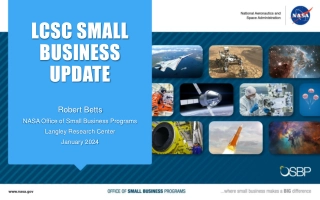
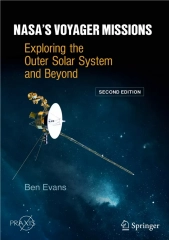
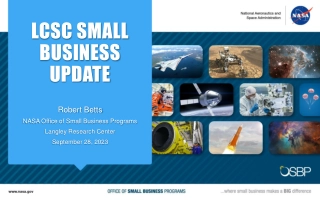
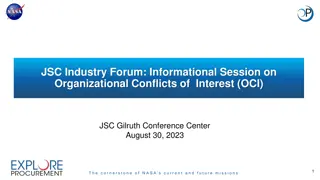

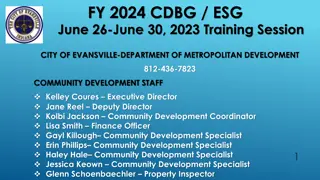
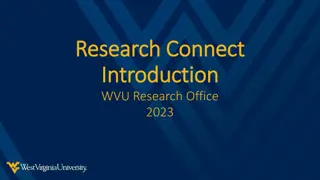
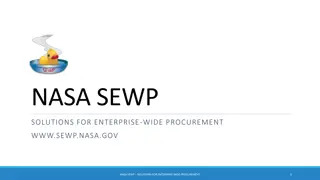
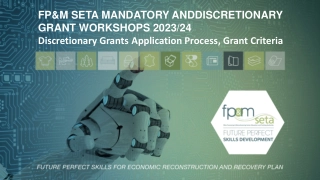
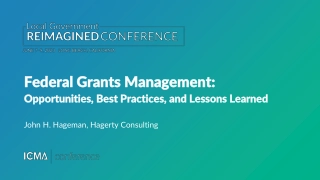
![Read⚡ebook✔[PDF] The Untold Stories of the Space Shuttle Program: Unfulfilled D](/thumb/21685/read-ebook-pdf-the-untold-stories-of-the-space-shuttle-program-unfulfilled-d.jpg)
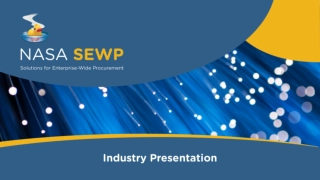

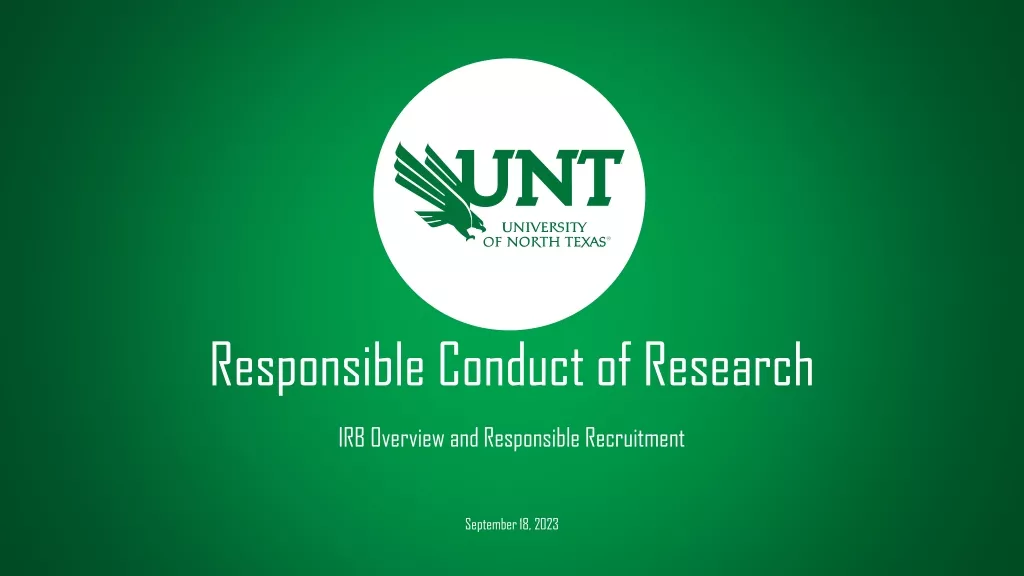
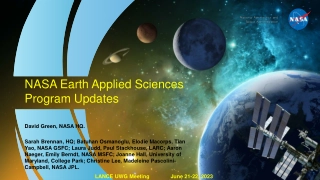
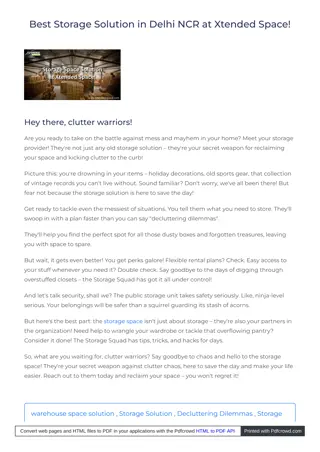

![❤[READ]❤ Deep Space Craft: An Overview of Interplanetary Flight (Springer Praxis](/thumb/21511/read-deep-space-craft-an-overview-of-interplanetary-flight-springer-praxis.jpg)
